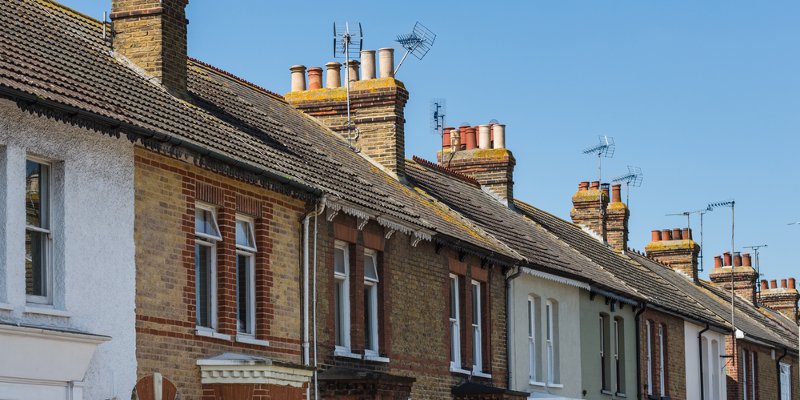A decade ago 72% of 34-44 year olds and 57% of 25-34 year olds owned their own home. Now this has declined to 52% and 37%.

The number of 25-45-year-olds entering homeownershiphas declined despiteowner occupancy rates remaining stable since 2013, the government’s English Housing Survey has found.
A decade ago 72% of 34-44 year-olds and 57% of 25-34 year-olds owned their own home. Now this has declined to 52% and 37%.
Despite thisowner occupation rates have stayed unchanged for the fourth year in a row, with owner-occupiers accounting for 63% of the population.
Russell Quirk, founder and chief executive of Emoov.co.uk, said: “A steady level of owner occupation rates since 2013 suggests a certain degree of stability across the UK market, despite the number of tough obstacles it has faced in the last four years.
“However, the drastic drop in owner occupancy rates for those aged between 25-44 and the decline of those with a mortgage compared to an ageing population now owning their property outright, demonstrates the tough task facing aspirational homebuyers and highlights the government’s failure in helping them.”
Of owner-occupiersthe composition of the group has changed- there are more outright owners while the proportion of those buying with a mortgage is down.
In 2016-17, 34% of households were outright owners while 28% were mortgagors. Since 2013-14 there have been more outright owners than mortgagors, and the proportion of mortgagors has declined, from 31% of households in 2013-14 to 28% in 2016-17.
In 2006-07, about three quarters (72%) of those aged 35-44 were owner occupiers. By 2016-17, this had fallen to half (52%).
While owner occupation remains the most prevalent tenure for this age group, there has been a considerable rise in the proportion of 35-44 year olds in the private rented sector, from 11% to 29%.
While the under 35s have always been overrepresented in the private rented sector, over the last decade or so, the increase in the proportion of such households in the private rented sector has been particularly pronounced.
In 2006-07, 27% of those aged 25-34 lived in the private rented sector. By 2016-17 this had increased to 46%.
The private rented sector remains larger than the social rented sector, and is now the most prevalent tenure in London.
In 2016-17, the private rented sector accounted for 4.7 million or 20% of households. The social rented sector accounted for 3.9 million households or 17% of households. There was no change in the size of either sector between 2015-16 and 2016-17.
In London, private renting was the most prevalent tenure (30%), followed by outright ownership (25%).
In 2016-17, 7% of households in the social rented sector (268,000) and 5% of households in the private rented sector (231,000) were living in overcrowded accommodation.
Quirk added: “With interest rates still extremely low, the interest cost of a mortgage continues to remain manageable for many, but as these figures show, it isn’t the cost of repaying the mortgage that is the issue, it’s the high barrier to securing it in the first place.
“This coupled with a severe lack of suitable, affordable properties for first-time buyers will ensure this barrier remains until the government actually deliver on building adequate numbers of homes.
“This is most prevalent in the capital, where changes to buy-to-let laws have failed to level the playing field and private rentals still account for the largest proportion of all tenures.
“As a result, many are resigned to a sector that is overcrowded and overinflated and the government’s lack of address means that they will no doubt be stuck renting for quite some time to come.”
Just 1% of owner occupied households (183,000 households) were overcrowded. Meanwhile, about half of owner occupied households are under-occupied.
The number and proportion of under-occupied households in the owner occupied sector increased between 1996-97 and 2016-17 from 39% (5.4 million households) to 51% (7.3 million households).
In contrast, the proportion of under-occupied households in the rented sectors decreased over this period.



